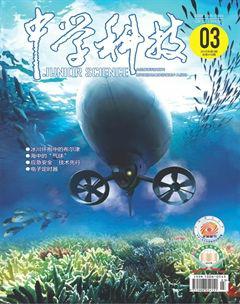Water is Found in Moon Rocks
Recent review of hundreds of chemical analyses of Moon rocks indicates that the (A) a of water in the Moon's interior varies regionally - revealing clues about how water originated and was redistributed in the Moon.
This is not (1) l water, but water trapped in volcanic glasses or chemically bound in mineral grains inside lunar rocks. Rocks originating from some areas in the lunar interior contain much more water than rocks from other (B) p . Lunar water also varies from region to region, much more dramatically than in Earth.
The source of the Moon's water has important implications for determining the (C) s of Earth's water, which is vital to life. There are two (2) o : either, water was inherited by the Moon from Earth during the Moon-forming impact, or it was added to the Moon later by comets or asteroids. It might also be a (3) c of these two processes.
When water was first discovered in lunar samples in 2008, it was very surprising because from the time Apollo (D) a brought lunar samples, scientists thought that the Moon contained virtually no water.
"This was consistent with the idea that blossomed during the Origin of the Moon conference in Kona in 1984 - that the Moon formed by a giant impact with the still-growing Earth, leading to extensive loss of volatile (挥发性的)chemicals. Our work is surprising because it shows that lunar (4)
f were more complex than previously thought." said the lead author of the study at the University of Hawai'i.Robinson.
The study of water in the Moon is still quite new, and many rocks have not yet been studied for water. Researchers have a new set of Apollo samples from NASA that they will be studying in the next few months, looking for additional clues about the early life of Earth and the Moon.
(A, B, C, D, FOR CROSS, 1, 2, 3, 4 FOR DOWN. The first letters of the absents were given)

